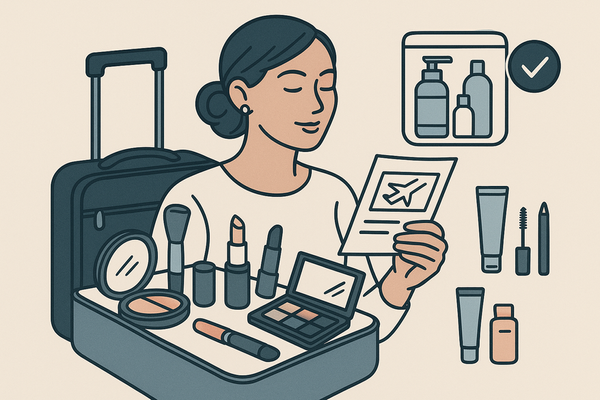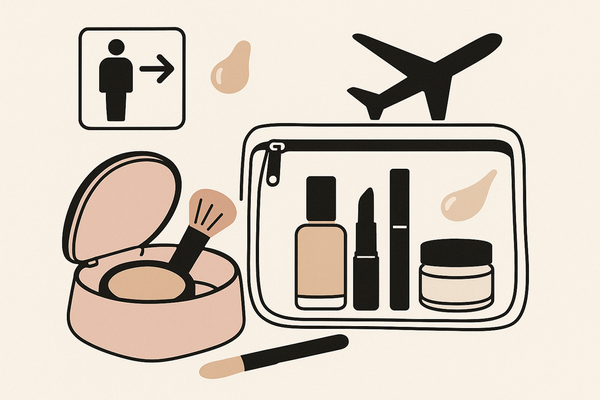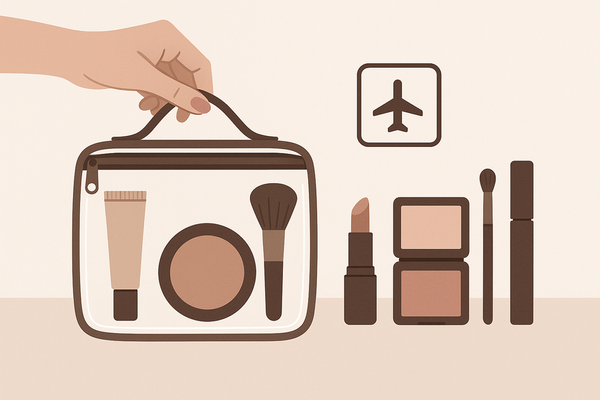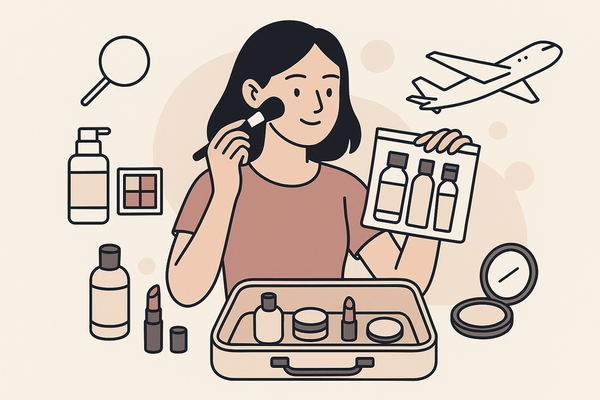Pushing Beauty Boundaries: Creative Makeup Designs with AI Makeup Generators
Explore creative makeup designs and discover how AI makeup generators can inspire imaginative artistry and personalize daring, boundary-pushing looks.
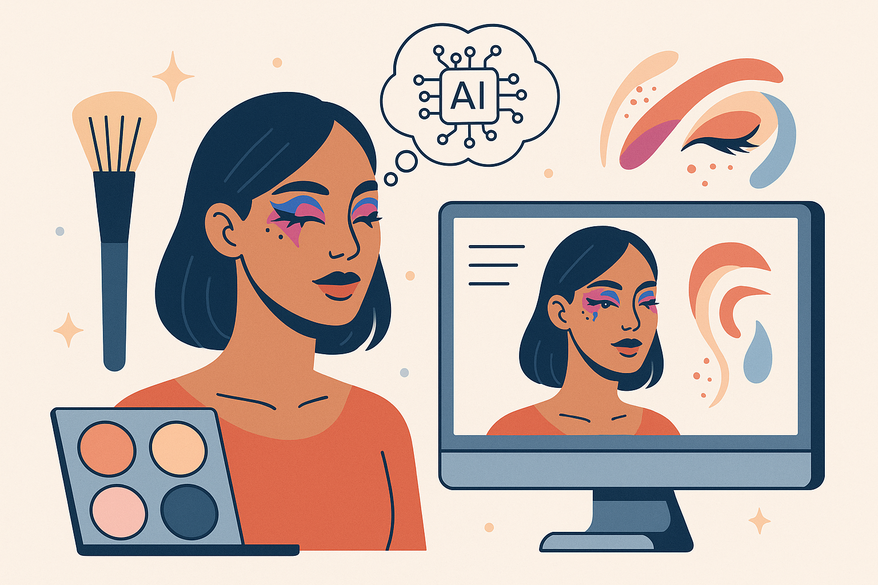
Estimated reading time: 6 minutes
Key Takeaways
- Creative makeup designs use bold colors, abstract forms, and imaginative concepts to transform the face into art.
- AI makeup generators leverage machine learning and computer vision to propose unique, personalized looks in seconds.
- Combine AI inspiration with traditional techniques for hybrid, avant-garde styles.
- Virtual try‐ons reduce product waste and democratize professional-level creativity.
- Community challenges and hashtags help share and evolve AI‐driven makeup artistry.
Table of Contents
- Introduction to Creative Makeup & AI
- Understanding Creative Makeup Designs
- The Role of Technology in Makeup Innovation: AI Makeup Generator
- How to Utilize an AI Makeup Generator
- Practical Tips & Inspiring Creative Makeup Designs Ideas
- Conclusion & Call to Action
- FAQ
Creative makeup designs transform the face into a canvas of self-expression with bold colors, experimental shapes, and imaginative concepts. An AI makeup generator is a cutting-edge tool leveraging machine learning and computer vision to propose entirely new looks in seconds, sparking unprecedented creativity.
For those eager to explore avant-garde looks, check out our previous deep dive. Ready to experience AI-driven face art firsthand? Visit Makeup Check AI.
Understanding Creative Makeup Designs
In-depth Definition
- Incorporating abstract forms like graphic color blocks.
- Using unexpected textures such as metallic foils or glitter gels.
- Embracing conceptual themes—think fantasy, art movement, or nature motifs.
Why They Matter
- Empower individuality by breaking standardized beauty norms.
- Foster artistic experimentation for both professionals and at-home users.
- Drive beauty trend evolution across runways, social feeds, and influencer art.
Current Trends in Creative Makeup Designs
- Abstract eyeshadow: color blocks, sharp lines, and free-form strokes.
- Face embellishments: crystals, 3D appliqués, and rhinestones.
- Sci-fi inspired looks: metallic finishes, chrome lips, and cyberpunk shapes.
- Optical illusions: painted contours that trick the eye.
The Role of Technology in Makeup Innovation: AI Makeup Generator
Defining the AI Makeup Generator
An AI makeup generator is a tool that analyzes facial features with computer vision and suggests customized artistic looks in real time. Discover AR try-on benefits and see how technology transforms your mirror.
Research Highlights
- Virtual try-ons of infinite styles and textures: Perfect Corp blog.
- Hyper-customized recommendations based on face shape and personal style: Mirrar blog.
- GANs enable makeup look transfers and style blending: Lowry on Leadership.
Comparing AI vs. Traditional Makeup Methods
- Rapid idea prototyping with AI vs. manual sketching.
- Personalized suggestions driven by user data vs. one-size-fits-all tutorials.
- Reduced product waste via virtual try-ons vs. wasted swatches.
- Accessibility for non-experts vs. requiring professional skill.
How to Utilize an AI Makeup Generator
Step-by-Step Guide to Creating Custom, Creative Makeup Designs
- Choose an AI-powered platform or app (e.g., Perfect Corp, Mirrar).
- Upload a clear selfie; the AI analyzes your face shape, skin tone, and features.
- Input your vision or select themes like “cosmic sparkle” or “geometric pop.”
- Generate and review multiple AI-rendered looks in real time.
- Save your favorites or export step-by-step application guides.
Here’s a quick look at how the AI makeup generation process works:
Pro Tip for Professionals
Use AI output as a springboard for editorial shoots or bespoke client consultations. Incorporate AI-inspired layouts into avant-garde portfolios to showcase your cutting-edge skill set.
Practical Tips & Inspiring Creative Makeup Designs Ideas
Integrate Classic Techniques with AI Inspiration
- Blend traditional contouring with AI-suggested color palettes and graphic shapes.
- Apply seamless eyeshadow transitions, then overlay AI-generated color blocks.
Creative Challenge Prompts
- “Generate a look based on ‘futuristic elegance’ and adapt with bold eyeliner.”
- “Ask AI for ‘nature morphs,’ then layer small petals or biodegradable glitter.”
- “Create a ‘geometric pop’ design and paint coordinating nail art.”
Experiment with Layering
- Mix matte shadows, metallic pigments, and sheer glosses in one design.
- Translate a warm sunset palette into cool jewel tones for contrast.
Community Engagement
Share your AI-inspired creations with #AIMakeupVision on social media. For more personalized routines, explore personalized makeup routines and tips.
Conclusion & Call to Action
Creative makeup designs merge imaginative artistry with AI-driven innovation to reshape self-expression. An AI makeup generator empowers everyone—from beginners to pros—to prototype daring, personalized looks quickly and sustainably.
Call to Action:
- Download or try an AI makeup generator platform today and experiment with boundary-pushing face art.
- Share your most experimental designs using #AIMakeupVision to join our creative community.
- Tell us: Which AI-inspired look will you create first?
FAQ
- What is an AI makeup generator?
- An AI makeup generator uses machine learning and computer vision to analyze facial features and propose custom makeup looks instantly.
- How accurate are virtual makeup try-ons?
- Modern AR-powered tools offer highly realistic simulations, letting you see textures and shades on your own face in real time.
- Do I need professional skills to use these tools?
- No—AI platforms are designed for all skill levels, providing step-by-step guides or editable templates for novices and pros alike.
- Can AI-generated designs be recreated physically?
- Yes—most generators allow you to export application tutorials, including product lists and step-by-step instructions.
- Is AI makeup more sustainable?
- Absolutely—virtual try-ons minimize product waste, while digital experimentation reduces the need for trial swatches.

